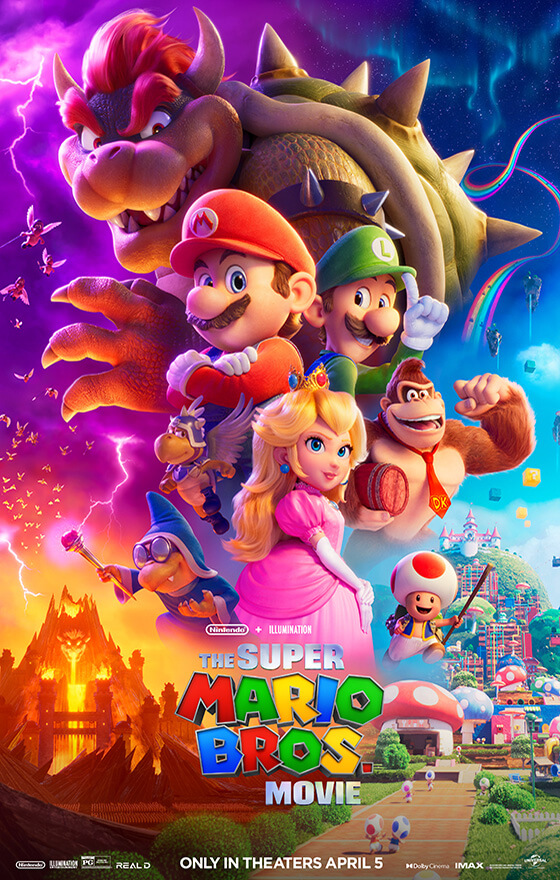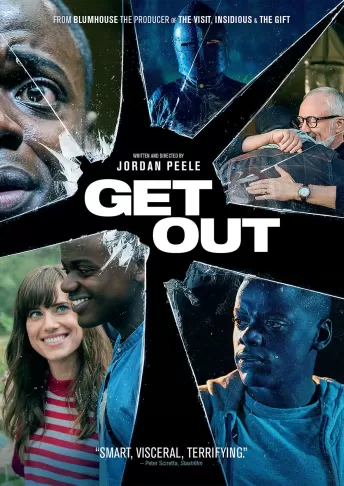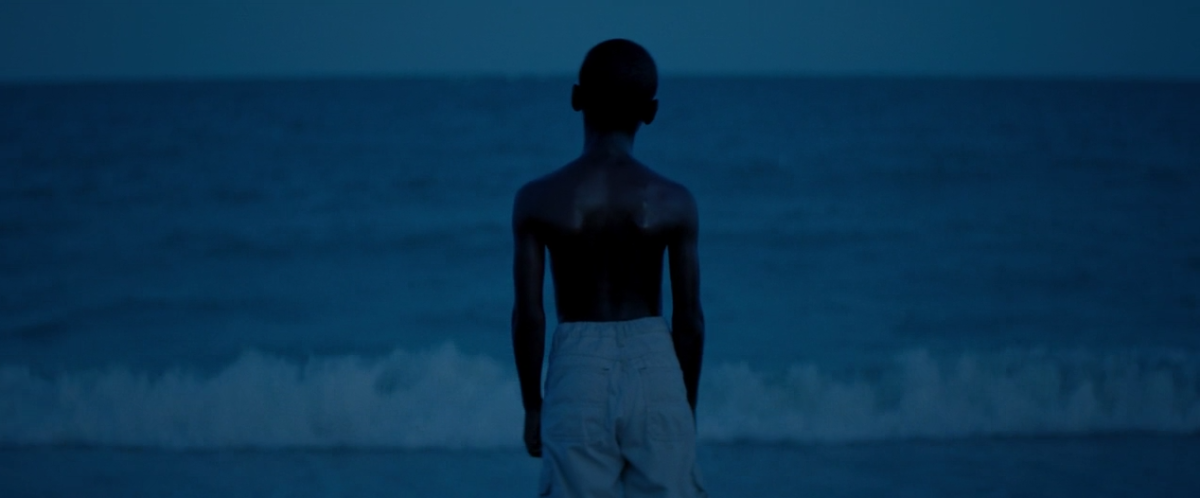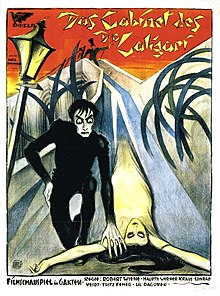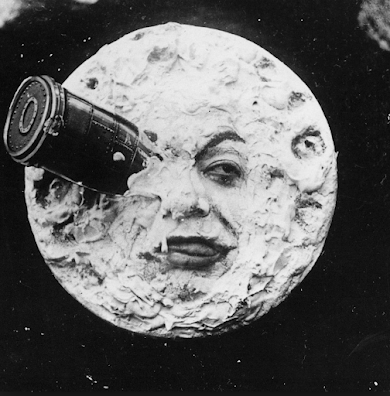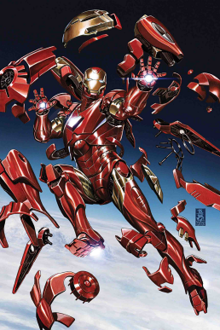 |
Iron Man, directed by Jon Favreau and released in 2008, successfully combines cinematic storytelling, cultural relevance, and brilliant cinematography. The film follows the story of Tony Stark (played by Robert Downey Jr.), a billionaire weapons manufacturer who is taken captive by terrorists and forced to build a weapon for them. Instead, he builds a powerful armored suit that allows him to escape and becomes the superhero, Iron Man.
One of the most notable aspects of Iron Man is its cinematography, which captures the high-tech world of the film in stunning detail. The camera work and visual effects are top-notch, creating a convincing and immersive experience for the audience. The action sequences are particularly well-executed, making great use of slow-motion and dynamic camera angles to showcase Iron Man's incredible abilities.
However, the film's strengths go beyond its impressive technical achievements. Iron Man also tells a compelling story that explores complex themes of power, responsibility, and redemption. Tony Stark's journey from a selfish, morally questionable character to a heroic figure who uses his wealth and intelligence to help others is engaging and relatable. The film's exploration of the impact of war and the military-industrial complex on society is also culturally relevant, particularly given the film's release during a time of ongoing conflict in the Middle East.
